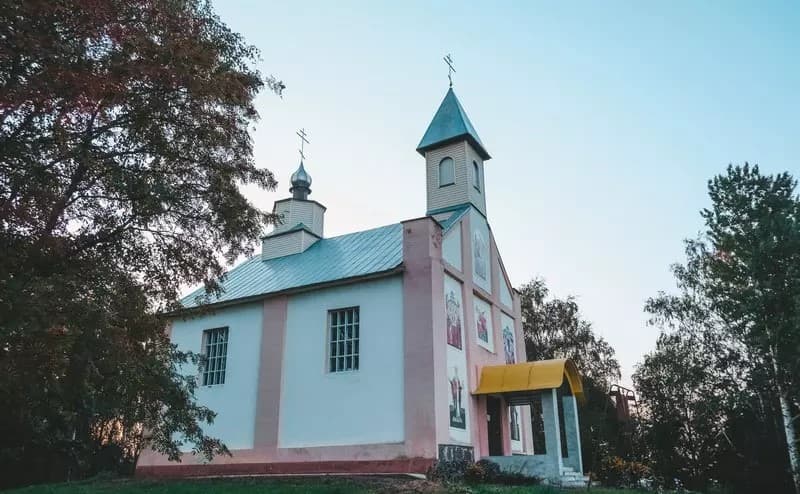Chereya. The Church of St. Michael the Archangel.
Church
Belarus, Vitebsk region, Chashniki district, agro-town of Chereya, Minskaya St., 1A
Description
The church in Chereya, dedicated to St. Michael the Archangel, is historically one of the first Uniate churches in Belarus. The construction of this temple, which began in 1601, was financed by the Sapieha family, who owned these lands. Over time, the Church of St. Michael the Archangel in Chereya converted to Orthodoxy. Today it is a significant spiritual center in the region.
Categories
Historical
Architectural monument
Comments
Reviews to the Place
1Ольга Ерёменко
06.06.2025
The Church of St. Michael the Archangel in Chereya is an example of early Baroque architecture.
Among the amazing Belarusian landscapes, in the town of Chereya, the Church of St. Michael the Archangel stands majestically – an invaluable example of early Baroque architecture, whose history spans more than four centuries. Founded in 1601 by the will of the Sapieha family, who owned these lands, it witnessed many historical events.
This sacred temple, where the miraculous icon of St. Michael the Archangel once resided, has stood the test of time and change. Originally conceived as one of the first Uniate churches in Belarus, over time the church was transferred to Orthodoxy, becoming a spiritual center for believers.
In 1935, during the era of change, the church was closed and turned into a warehouse.
However, in 1997, the Church of St. Michael the Archangel reopened its doors to parishioners, returning to its original purpose. From that moment, a painstaking restoration began, carried out in several stages and designed to restore the former greatness of this architectural masterpiece. Recently, the restoration work was completed, and today the church appears in all its splendor, pleasing the eye and reminding of the rich history and spiritual heritage of the Belarusian land.
The architecture of the temple is characterized by conciseness and a minimum number of decorative elements. The facade is divided into sections, which previously contained frescoes dating back to the 17th century (according to local residents, they were repeatedly tried to paint over, but eventually completely destroyed). During the restoration work, the images were restored to the extent possible.





